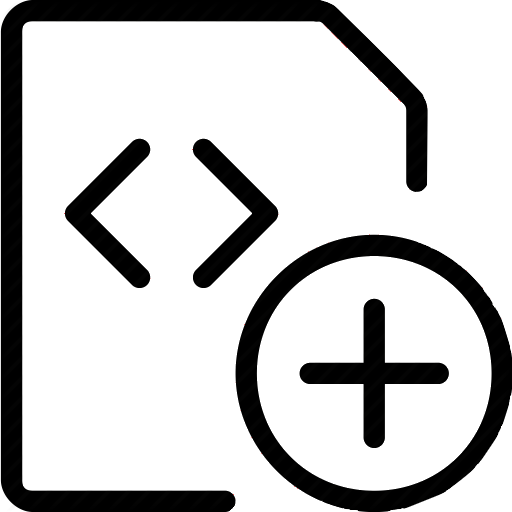
Neoteny, also spelled Paedomorphosis, can be defined in biological terms as the retention by an organism of juvenile or even larval traits into later life. In some species, all morphological development is retarded; the organism is juvenilized but sexually mature. Such shifts of reproductive capability would appear to have adaptive significance to organisms that exhibit it. In terms of evolutionary theory, the process of paedomorphosis suggests that larval stages and developmental phases of existing organisms may give rise, under certain circumstances, to wholly new organisms. Although the present work does not pretend to model or simulate the biological details of such a concept in any way, these ideas were incorporated by a rather simple abstract computational strategy, in order to allow (if possible) for faster convergence into simple non-memetic Genetic Algorithms, i.e. without using local improvement procedures (e.g. via Baldwin or Lamarckian learning). As a case-study, the Genetic Algorithm was used for colour image segmentation purposes by using K-mean unsupervised clustering methods, namely for guiding the evolutionary algorithm in his search for finding the optimal or sub-optimal data partition. Average results suggest that the use of neotonic strategies by employing juvenile genotypes into the later generations and the use of linear-dynamic mutation rates instead of constant, can increase fitness values by 58% comparing to classical Genetic Algorithms, independently from the starting population characteristics on the search space. KEYWORDS: Genetic Algorithms, Artificial Neoteny, Dynamic Mutation Rates, Faster Convergence, Colour Image Segmentation, Classification, Clustering.